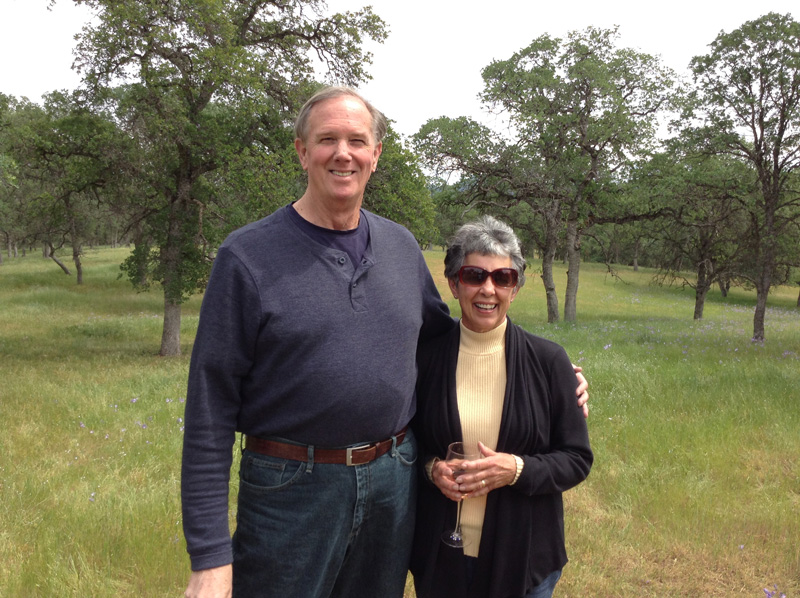I joined Embry-Riddle Aeronautical Institute in January 1967 as an aviation science management student. I had officially entered Marine Corps Active Reserve status after my tours in Vietnam. I fully expected to be called back up.
That never happened.
I always wanted to fly and build airplanes, and the Embry-Riddle faculty and staff provided the support I needed as a student — while also respecting me as a combat veteran.
Classes were held in the administration building, a two-story wooden structure near the airport terminal. In late 1968, our classes were moved to the first of many quadrant-like buildings where we used to fly our model airplanes — just in time to celebrate the school’s accreditation as a “special purpose” university.
I married my best friend in September 1968. Linda was an emergency room nurse at Halifax Hospital in Daytona Beach, Florida. She would find time to travel with me to the north gate of Cape Canaveral, near Eddy Creek, to watch the Apollo launches — the most meaningful of which was the launch of Apollo 11 in July 1969. Those were the days when you could drive your car onto the Cape and park at the Mission Control and Vehicle Assembly buildings.
I got a job as a student aid to Dr. Jose Lopez. Occasionally we and Dr. Hortensia Ballina would talk about how they had to emigrate from Cuba to escape the Fidel Castro communist regime. My platoon was able to help the North Vietnamese flee to South Vietnam, to locations that provided emigration transport to Australia. We shared stories about how people can make a go at a life in a new country. They made me feel important — and made sure I did my homework.
Another faculty role model was Roger Campbell, who didn’t tolerate wrong answers or lack of interest, but who quietly worked with those of us who had trouble keeping up in class. A tough but fair educator, he asked us to detail our “jobs” while in service to our country. He would use those experiences to explain the concepts of science and aero engineering.
In the fall of 1968, I was asked to participate in a debate regarding the U.S. commitment to the Vietnam War. It was hosted by nearby Bethune-Cookman College. Military veterans of both schools were on the debate teams. I admired the educators from both schools for their courage to discuss a topic that was sparking protests and riots in 1968. Veterans from both schools agreed that our time in Vietnam was in the past. It was time to move forward into our chosen life paths.

Our 1970 commencement was marked by a number of classmates joining the military, while we veterans tried on civilian suits and ties. The high point for me was when then-President Jack Hunt presented Linda with a Ph.T.: a degree in “Puttin’ Hubby Through.” The award recognized “that he probably never would have made it without the unselfish cooperation and assistance of his wife.”
I agree. My pilot’s certificate and my B.S. in Aviation Management would not have been possible if Linda hadn’t kept me on track.
Embry-Riddle provided a happy isolation that allowed me to enjoy and learn. It took me away from the craziness surrounding the Vietnam War, and it fed my passion for aviation and space astronautics.
Thanks to my time with very smart students and a committed faculty and staff, I was able to heal from my wartime experience and to find a different life path.
I went on to enjoy a 45-year career standing up and sustaining companies, and designing and building aircraft missile radar warning systems, internet routers, servers and even medical instrumentation products worldwide.
Thank you, Eagles.
Editor’s Note: Isenburg documents his Vietnam experience in his book, Letters Home 2nd Platoon, Echo (2011). He is the principal owner of Ironmount. His wife of 48 years, Linda, passed away in 2017.
